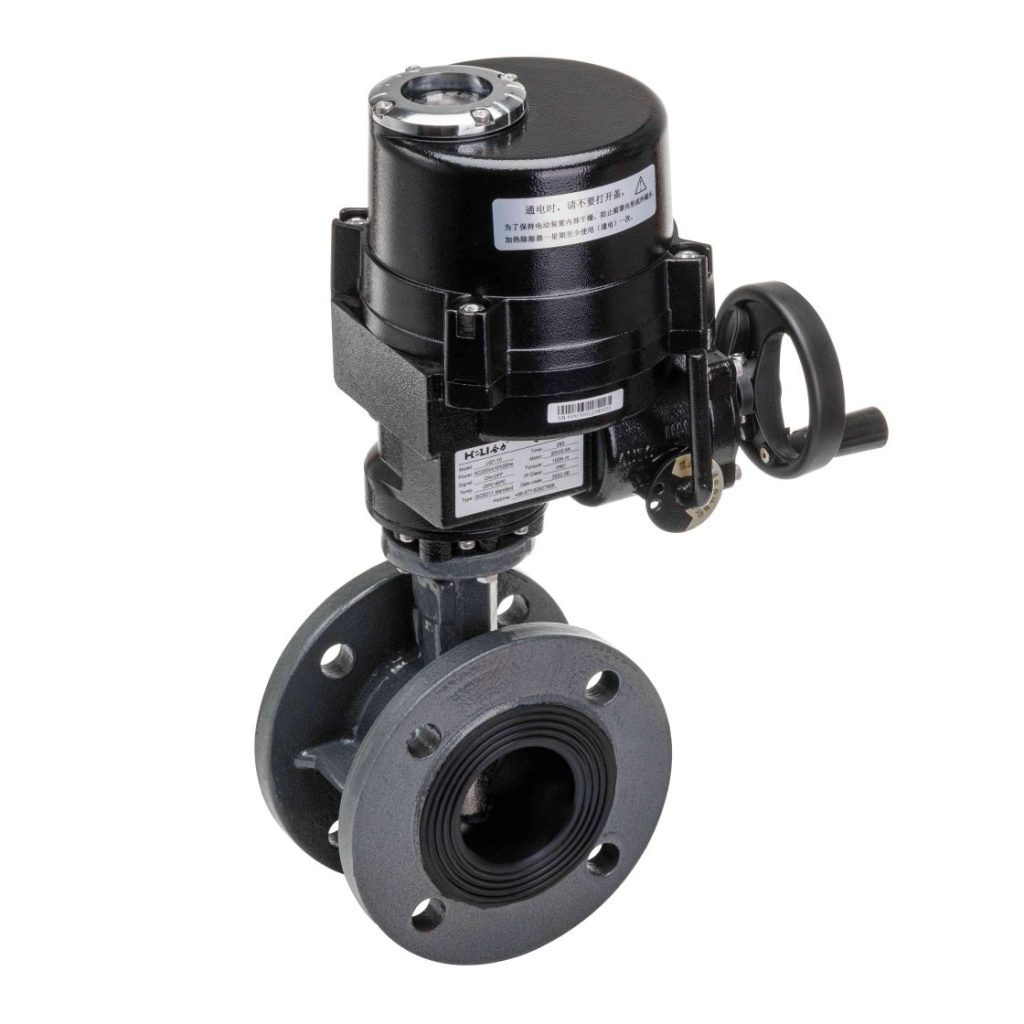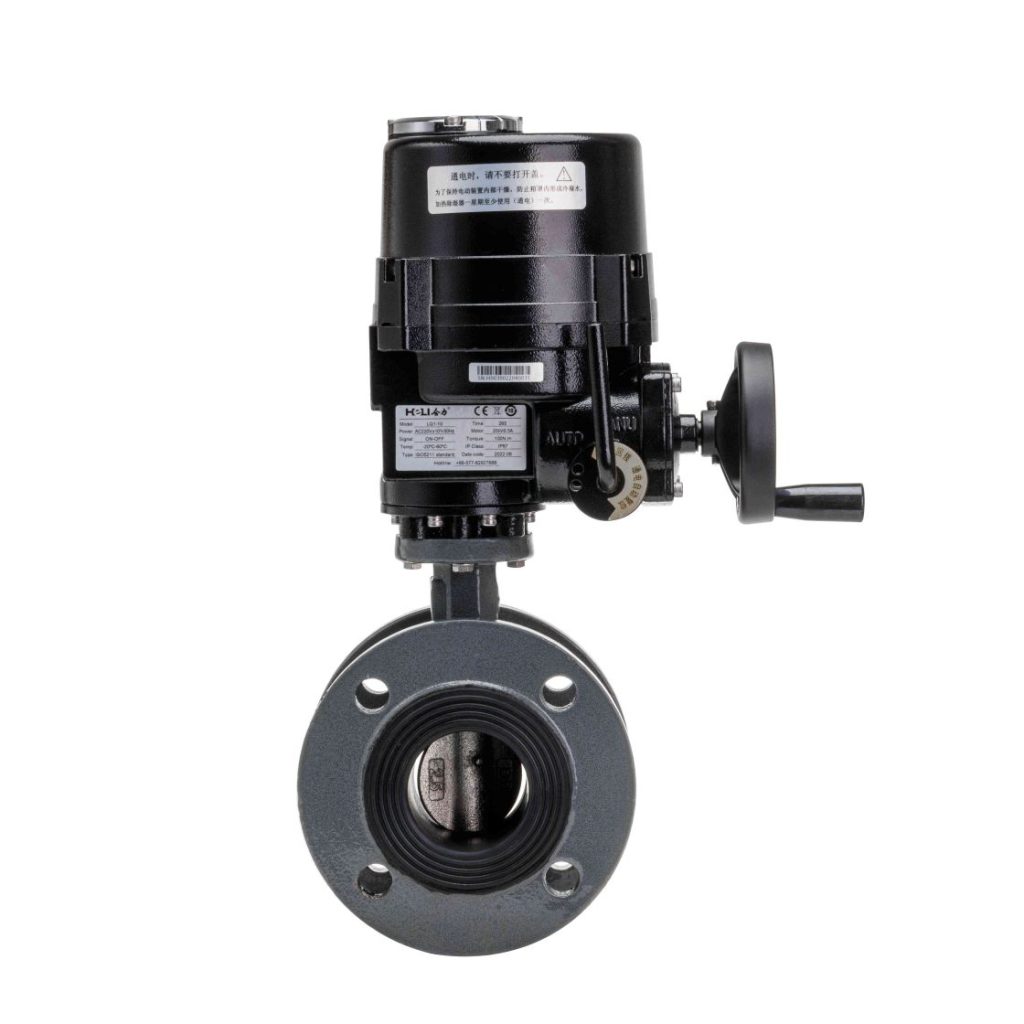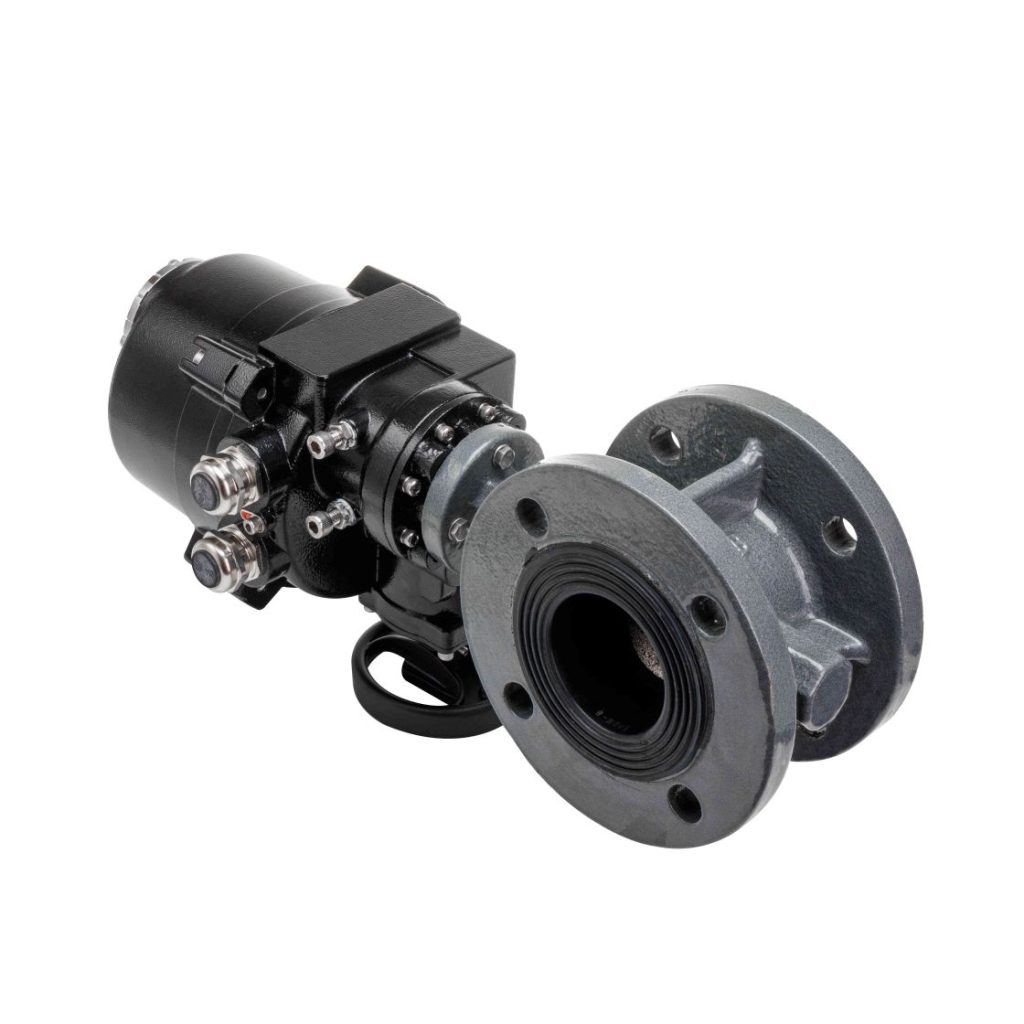Electric ball valves are integral components in modern fluid control systems, offering both precision and reliability for a wide range of industrial applications. Unlike traditional manual valves, these valves are operated via an electric actuator, which provides automated control over the flow of liquids and gases. This article will explore the working principle, advantages, applications, and limitations of electric ball valves, shedding light on their importance in fluid regulation.

What is an Electric Ball Valve?

At its core, an electric ball valve consists of two main components: the ball valve itself and the electric actuator. The ball valve features a hollow, perforated ball inside it. When the valve is in an open position, the hole in the ball aligns with the pipe, allowing fluid to flow freely through it. When closed, the ball rotates 90 degrees to block the flow completely. This simple but effective design ensures reliable shutoff and minimal leakage. The electric actuator is powered by electricity and is responsible for opening and closing the ball valve. These actuators are designed to rotate the ball valve precisely, either fully or incrementally. The actuator can be controlled by manual switches, remote systems, or automated control panels, making it versatile and suitable for various processes that require precise flow control.
